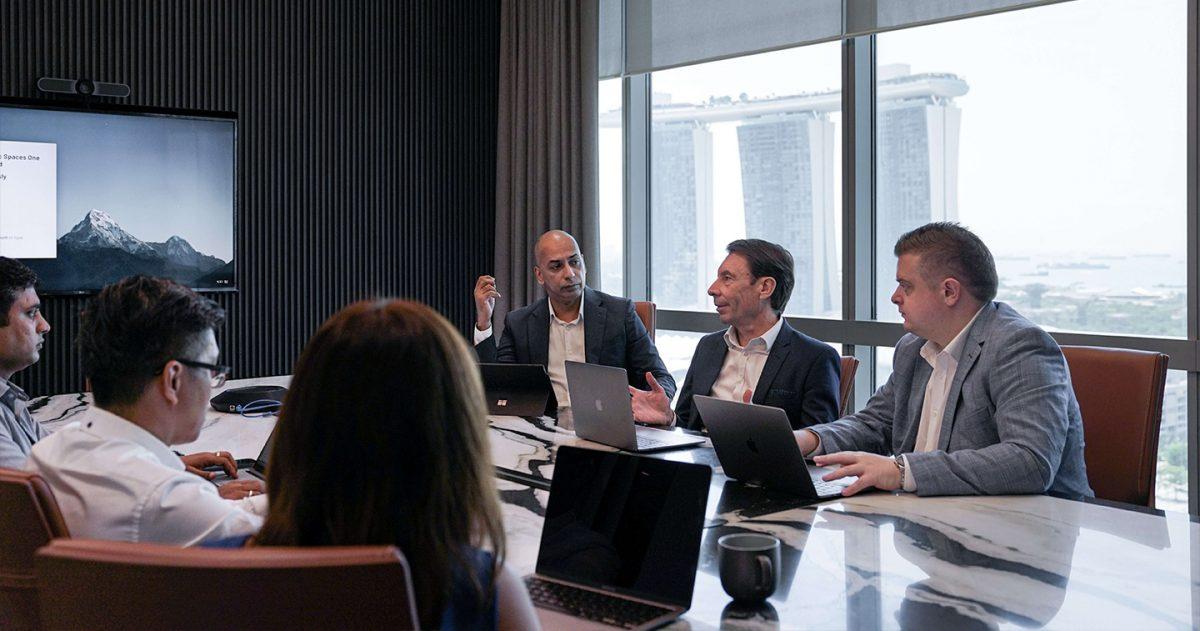NEW SOUTH WALES, AUSTRALIA — The line between work and play is slowly disappearing due to movement and social interaction restrictions during the COVID-19 global pandemic. Longer working hours have become the norm for most, as employees work during hours previously commuting to and from the office. Moreover, standard technologies such as email and video conferencing platforms for professional and personal uses further blur the boundaries.
According to Gartner’s 2021 Hybrid Work Employee Survey, the current virtualized work design models damage employees’ wellbeing and productivity. To succeed in a hybrid future, organizations need to stop duplicating office-centric practices in a virtual setting and instead shift to a human-centric model. In the new era, the physical office is – and will continue to be – optional.
Global pandemic spotlights the importance of wellbeing
Several issues plague employee wellbeing, including always-on technologies fuelling 24/7 work expectations and heightening levels of stress. The Philippine National Center for Mental Health Crisis Hotline reported it received more than 11,000 calls in 2020, up by 247 percent from 3,000 in 2019. It urged the proposal of the “Mental Wellness Leave Act” that grants five days of additional leave in addition to existing mandatory vacation and sick leaves and requires employers to implement programs promoting workers’ mental health.
 “With this in mind, businesses have redirected focus and resources to improving employee experience (EX) at home and work,” Stephen Canning, CEO of JCurve Solutions, said. “COVID-19 has shown leaders that there are many compelling business reasons to commit fully to employee wellbeing. For example, higher EX may translate to higher customer experience (CX), affecting upsell and cross-sell potential. Marketing efforts can be heavily supplemented through employee advocacy, especially on social media platforms. Human resources teams have refocused on team-building exercises, regular catch-ups, and ensuring flexible feedback channels, especially about remote work.”
“With this in mind, businesses have redirected focus and resources to improving employee experience (EX) at home and work,” Stephen Canning, CEO of JCurve Solutions, said. “COVID-19 has shown leaders that there are many compelling business reasons to commit fully to employee wellbeing. For example, higher EX may translate to higher customer experience (CX), affecting upsell and cross-sell potential. Marketing efforts can be heavily supplemented through employee advocacy, especially on social media platforms. Human resources teams have refocused on team-building exercises, regular catch-ups, and ensuring flexible feedback channels, especially about remote work.”
Bridging the tech-human chasm
More organizations have come to see the value of technology in the past year to fill existing gaps in businesses as face-to-face engagements proved unsafe and unsustainable in frequent lockdowns. As a result, local companies established their touchpoints online, shifted communications to virtual calls, and started the early stages of their digital transformation. Still, many have yet to fully realize the potential of technology for both business growth and employee well-being.

“Ambitious business goals are often hampered by small, manual administrative tasks and time-consuming processes that ultimately get in the way of success. Therefore, business leaders must identify areas of inefficiency within the business caused by manual actions or processes and prioritize automation,” Canning shared. “By doing this, they increase efficiency and free up staff to focus on strategic, revenue-generating projects – in turn, impacting employee engagement, motivation, and satisfaction levels.”
Rather than viewing technology as a cost center, businesses need to consider technology an enabler, especially facing an uncertain and ever-evolving business landscape. Consolidating core business functions and systems into a single, unified enterprise resource planning tool helps drive greater efficiency, improves visibility, and leads to better, more informed decision making. Moreover, against the backdrop of a global pandemic, better decision-making could be the difference between survival and extinction for businesses.
Cultivating a healthy team culture
“Having been catapulted into the work from anywhere era by the global pandemic, the top talent worldwide now expects – even demands – flexibility in the workplace,” Canning established. “Growing tired of the new working model, some individuals are excited by the prospect of entering a physical office and interacting with their colleagues in person once again. However, with a distributed workforce, others are facing an increasing sense of social isolation.”

Canning emphasized organizational culture is key to effective working in hybrid work models. “It is not enough to look at capabilities or talent; the team must also be culturally healthy. Organizations typically neglect the overall health of their team – physically and especially mentally – because it isn’t quantifiable or measurable. However, by defining and communicating values and priorities clearly, business leaders can attain the competitive advantage of a ‘healthy’ organization over ‘unhealthy ones. Companies can start by building a trusted ecosystem focused on growth across all aspects of the business – change in the customer or client base, increase in staff numbers, increase in revenue, personal growth of team members, and professional development of a department.
“Culture can be a crucial differentiator in a crowded marketplace. With a healthy team culture within a technology-powered business, setting foot into the new working landscape does not need to feel like a giant leap. Instead, it is simply another step in the right direction for businesses to thrive in this new, on-demand digital world,” he concluded.









